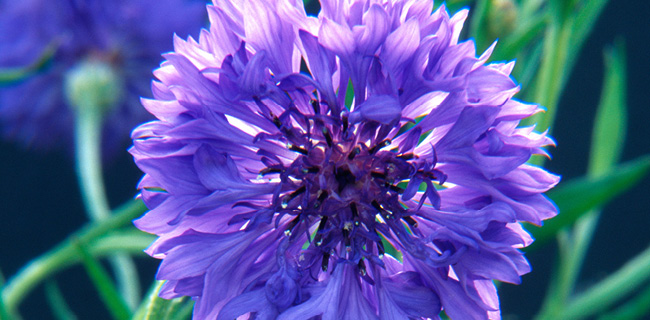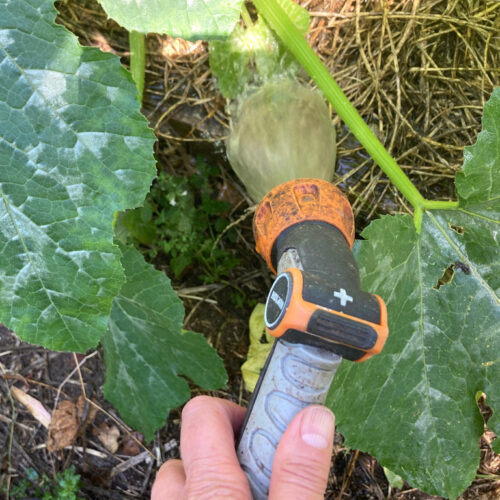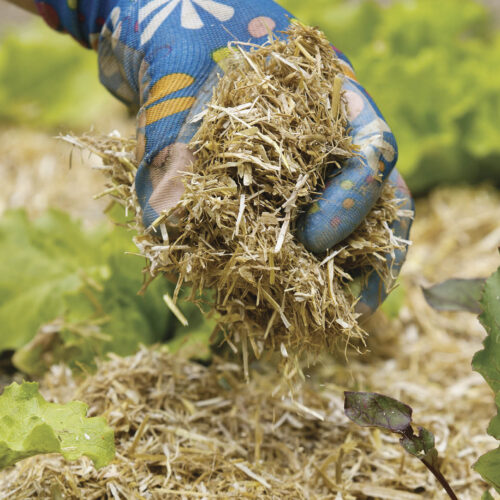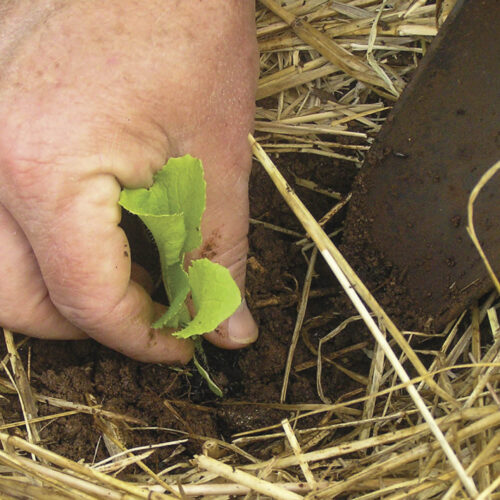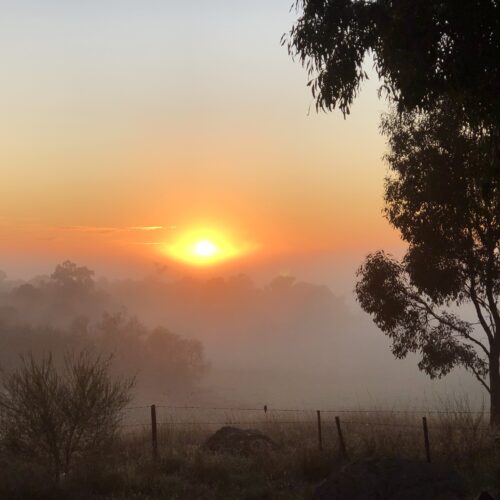Avoiding the big sneeze
2017-08-30T04:04:47+10:00
Want flowers but not hayfever this spring? Karen Sutherland explains what to plant and what to avoid.
The approach of spring and the promise of more time in the garden is something most gardeners look forward to, but for allergy sufferers (including me!) it also heralds the start of hayfever season. So let’s look at strategies to adopt and the planting choices you can make that won’t add to your hayfever woes.
Start by getting to know the causes of your hayfever as people react differently to various plants. For some, grasses or certain trees may be the trigger, for others profusely flowering natives. Also, if you know your non-plant triggers you can avoid these when the pollen count is high, to prevent symptoms being aggravated.
Troublemakers
If you’re not sure what plants affect you, get to know the ones that produce troublesome pollen. Generally, trees and grasses that rely on wind pollination produce copious amounts of lighter pollen grains that can travel many kilometres and fill the air at certain times, whereas larger and showier flowers aiming to attract pollinators, produce larger and heavier pollen grains that don’t cause as many problems (although there are exceptions, like daisies).
Deciduous trees such as birches and maples can cause problems as can white cedar (Melia azedarach), the humble mulberry and evergreen trees including olives.
Privet plants are a known evil, as is couch grass. Among flowers, many members of the daisy family, such as chrysanthemum, asters, calendulas and marigolds, can cause issues. And with natives, wattles are best avoided.
Garden strategies
Here are some ways to garden more comfortably at this time of year.
- Be careful when turning compost, especially if it contains grass clippings. If grass clippings are piled any higher than 25mm deep they can form harmful moulds particularly dangerous when disturbed and breathed in by asthmatics. The same thing can happen with wet bales of hay or straw.
- Some people are affected by the dust in mulch, and should use paper dust masks or perhaps avoid the task of mulching altogether. Keep grassy weeds in the garden under control, as grasses such as panic veldt grass (Ehrharta erecta) and wild oats (Avena fatua) are known for their irritating pollen.
- Sweeping and raking paths can disturb dust. Wear a paper dust mask or a damp handkerchief tied over your mouth and nose. After you finish working, shower as soon as possible to remove allergens from your hair and body, and wash clothes.
- Powdery mildew can cause problems for hayfever sufferers too, especially on grape leaves on overhead pergolas, where spores can drift down. To prevent powdery mildew on grapes and cucurbits such as zucchinis, spray leaves with milk diluted 1 in 9 before the disease appears. I’ve removed all Vitis vinifera plants from my garden, preferring to plant Vitis lambrusca varieties such as ‘Isabella’, or ‘Fragola’ grape, which are more resistant to fungal diseases (see page 28 for more on grapes).
- Eating raw honey from a local beekeeper is said to reduce hayfever symptoms and has many supporters, although this is not backed by medical research. I take two tablespoons of honey every day for two months before the main hayfever season and have found some relief. If you are unsure, seek medical advice.
For more organic growing ideas and practical solutions subscribe to the magazine here.

